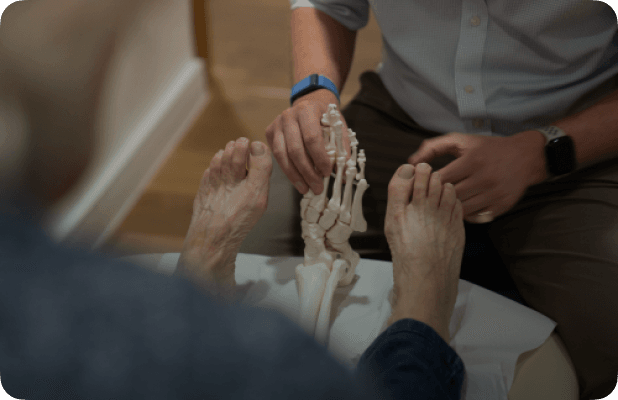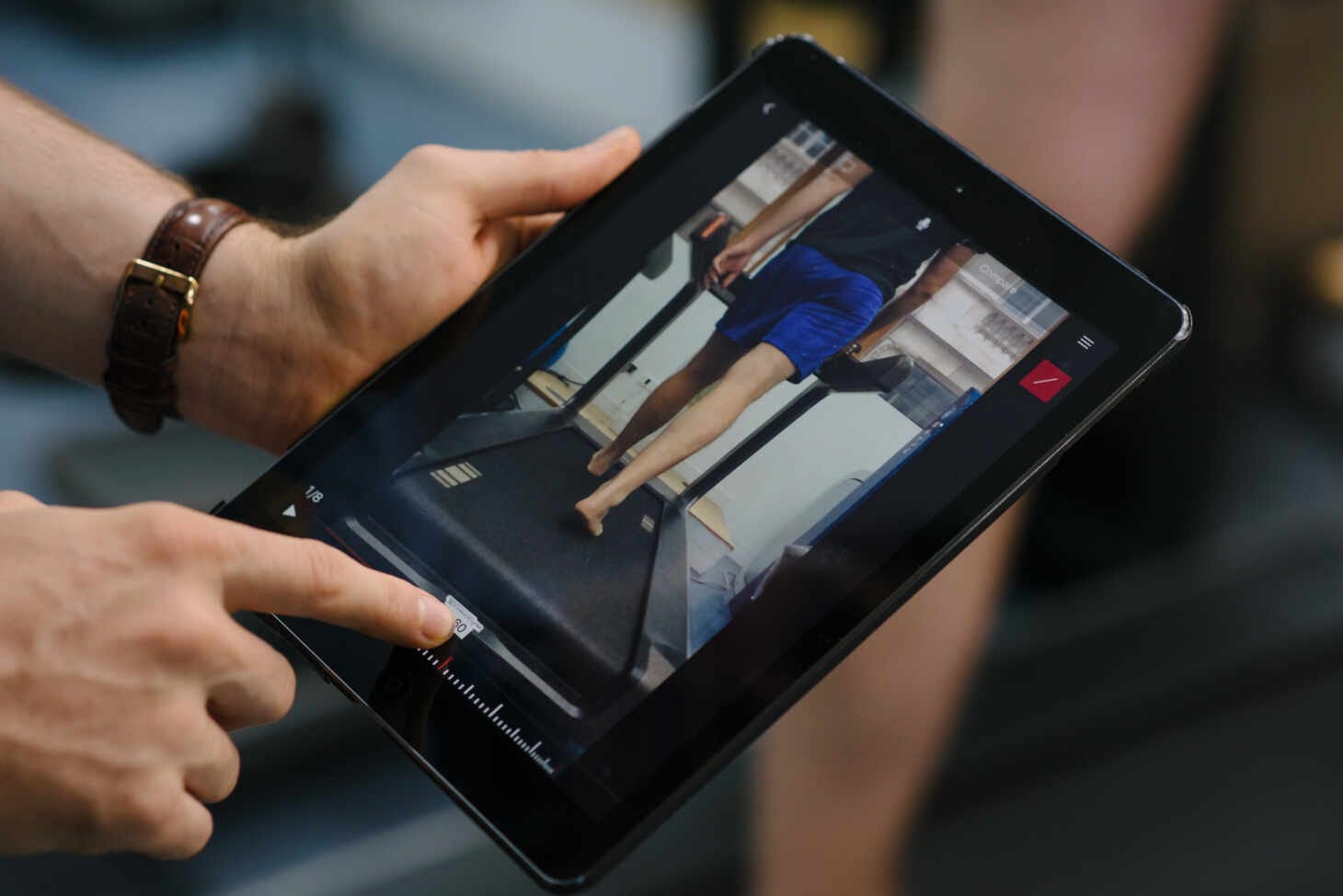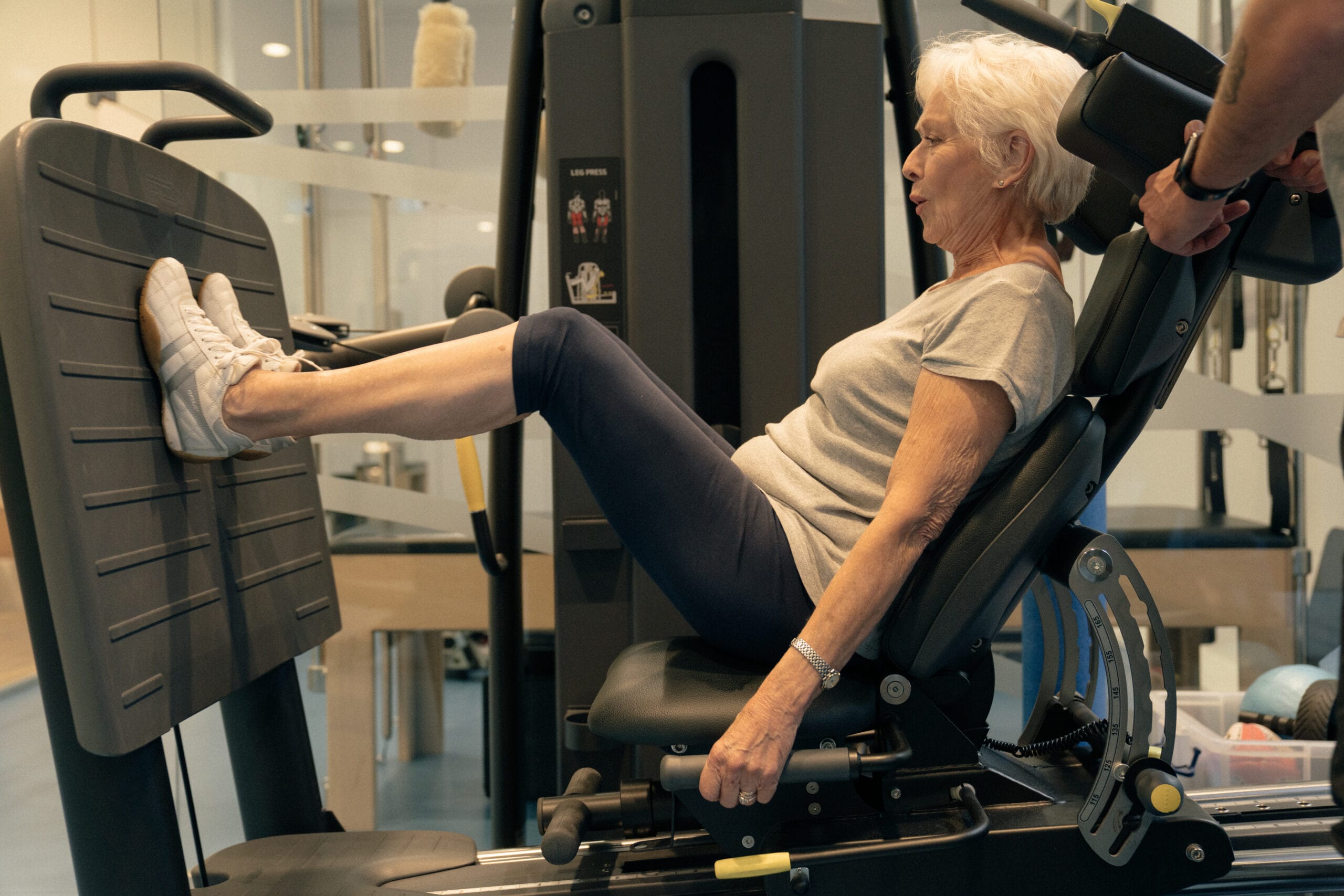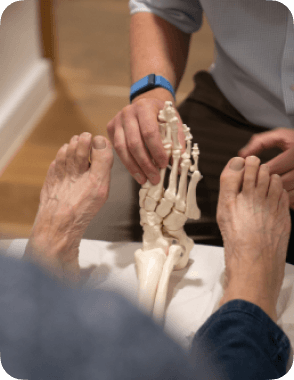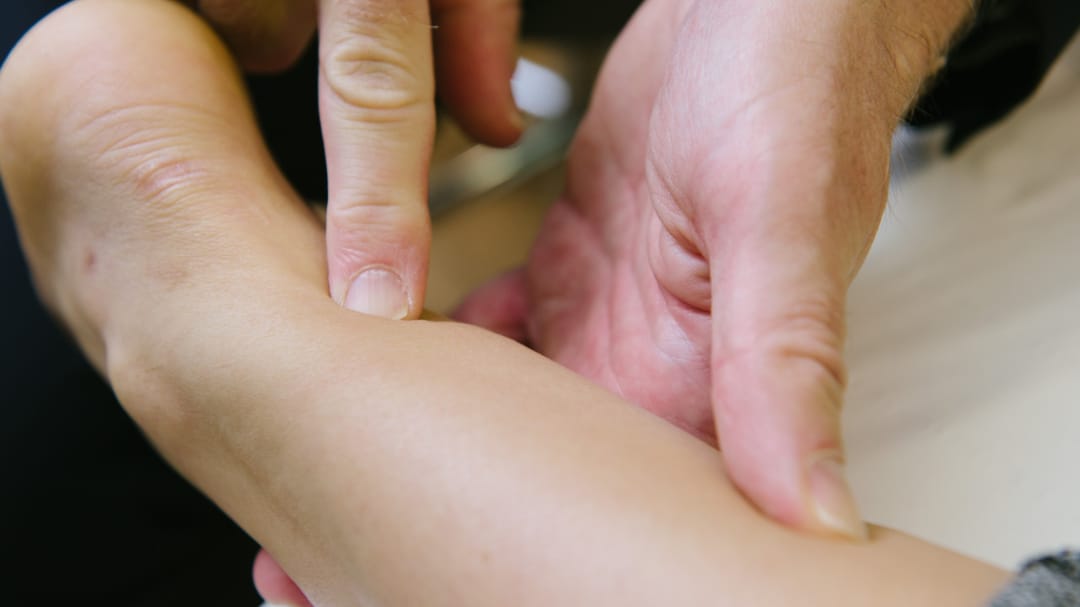
Osteopathy
Our osteopaths restore healthy function to your body with hands-on treatment, intuitive care and individualised exercise programmes.
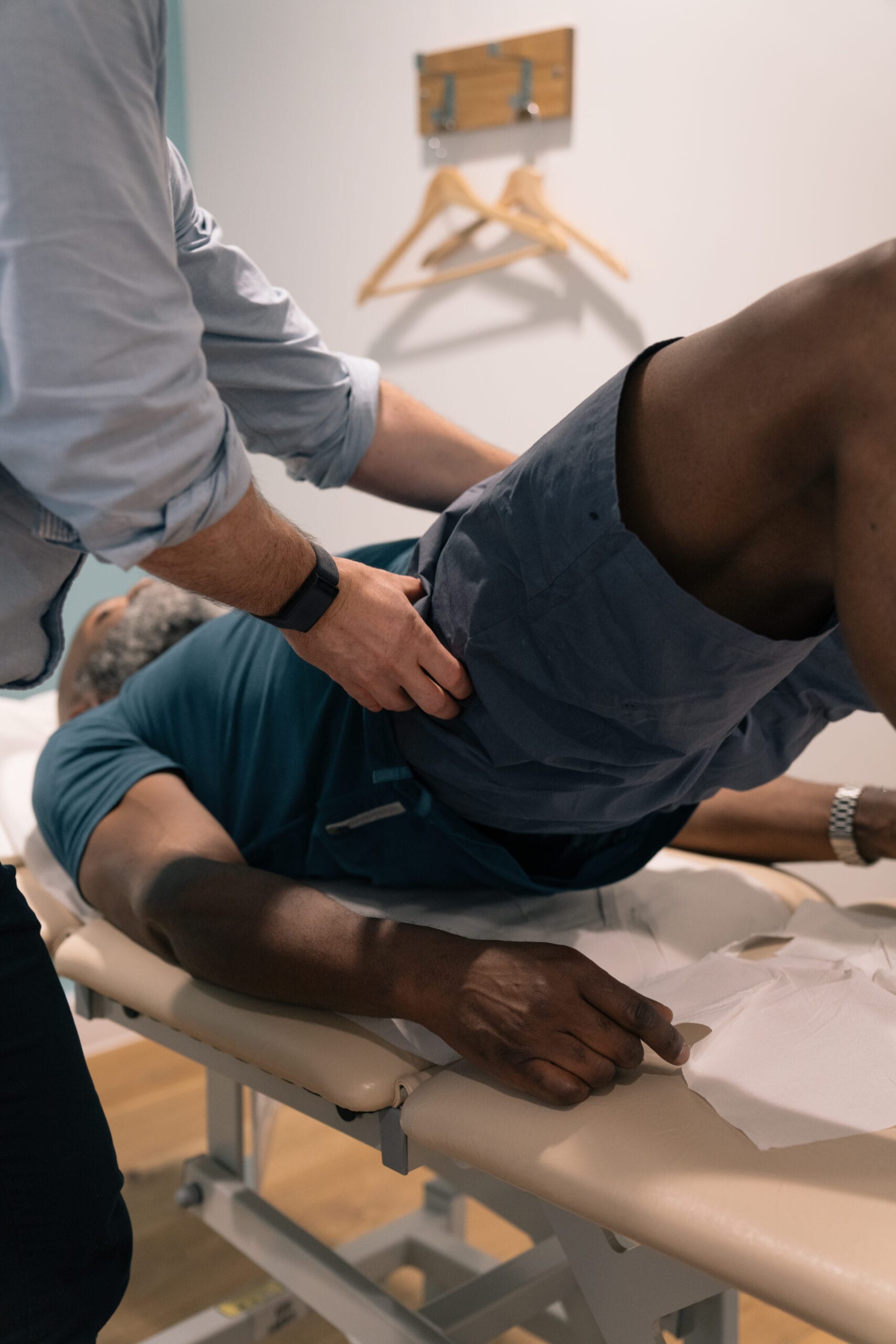
An initial appointment with one of our osteopaths will include a full musculoskeletal assessment, individualised treatment and a discussion of the treatment plan required to help you achieve your specific goals.

You will leave the appointment with a unique individualised management plan, which will explain the treatment you require including other members of the multidisciplinary team who may be involved in your care.
While you are receiving treatment with us, you will have access to our comprehensive gym space for your rehabilitation.
Book an appointmentOur Osteopaths
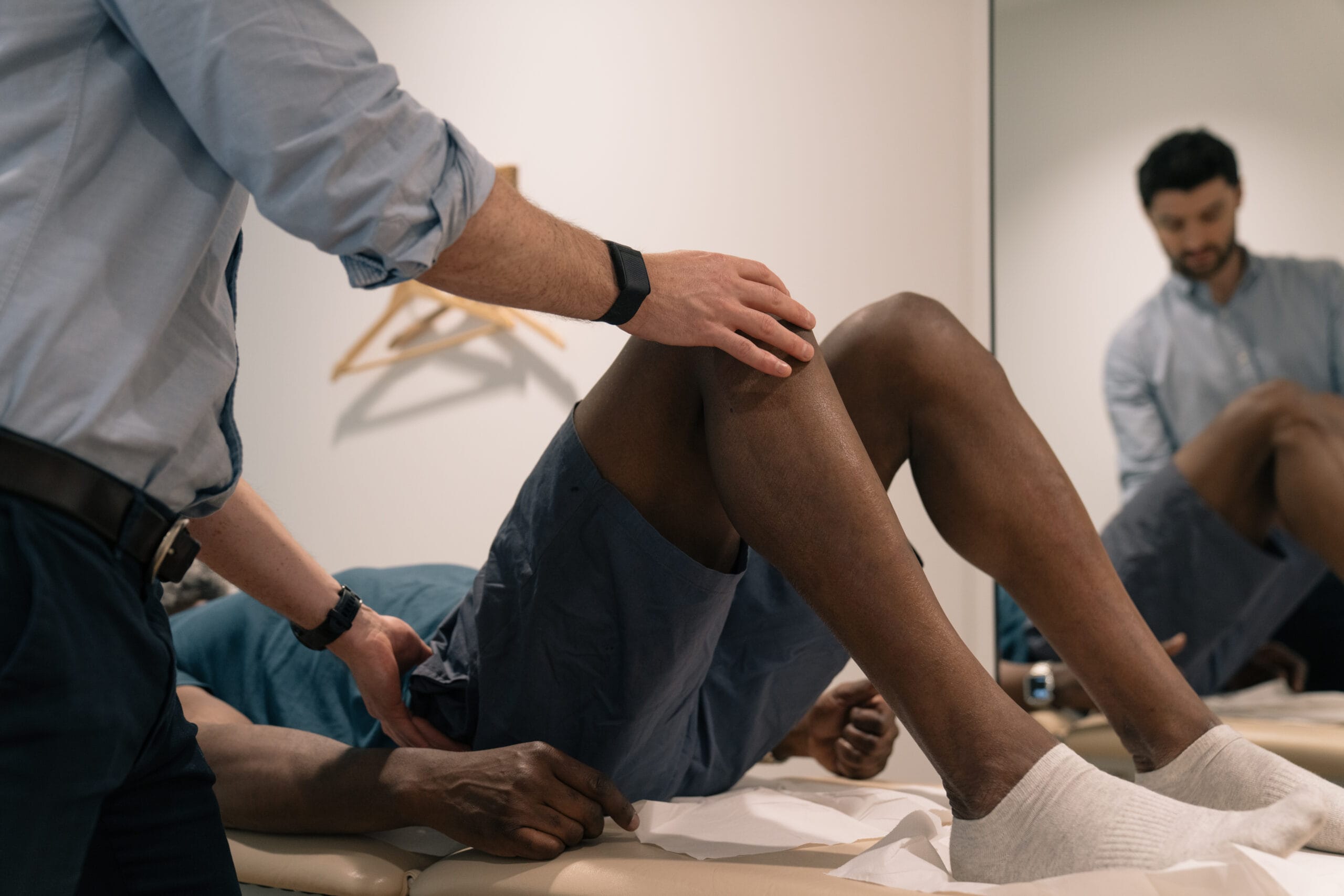
Pricing
- Initial Appointment (60 mins) – £152
- Follow-up Appointment (30 mins) – £100
- Extended Follow-up Appointment (60 mins) – £170
Osteopathy can help with
a number of issues
Our experienced team of osteopaths use a variety of targeted treatments to reduce pain, enhance mobility, and speed up the healing process from sports-related injuries.
Osteopathy plays a valuable role in the treatment and prevention of sports injuries by promoting optimal musculoskeletal function and aiding recovery. Using hands-on techniques, osteopaths work to reduce pain, release muscle tension, improve joint mobility, and enhance circulation to support tissue healing. Treatment is tailored to the specific demands of the sport and the nature of the injury, whether it’s a strain, sprain, or overuse issue. Osteopaths also provide guidance on biomechanics, posture, and personalised exercises to prevent re-injury and help athletes return to peak performance safely and efficiently.
Our osteopaths will help you relieve aches and pains and help prevent a reoccurence.
Osteopathy helps relieve everyday aches and pains by addressing imbalances in the body’s structure and movement. Through gentle, hands-on techniques such as soft tissue massage, joint mobilisation, and stretching, osteopaths work to reduce tension, improve circulation, and restore mobility. Whether the discomfort stems from poor posture, repetitive strain, or general wear and tear, osteopathy promotes the body’s natural healing processes and supports better alignment and function. This holistic approach not only eases current symptoms but also helps prevent future issues, enhancing overall wellbeing and physical comfort.
You needn’t let joint pain and arthritis hold you back from doing the things you love. Our team of experienced osteopaths can guide you through lasting relief personalised to your individual needs.
Osteopathy can be highly beneficial for managing joint and arthritic pain by improving mobility, reducing stiffness, and easing muscle tension around affected joints. Using gentle, tailored manual techniques, osteopaths enhance circulation and promote better joint function, helping to alleviate discomfort without putting additional strain on the body. Treatment also includes advice on posture, movement, and exercises to support joint health and maintain flexibility. By addressing both the symptoms and contributing factors, osteopathy offers a supportive, non-invasive approach to managing arthritis and joint pain, improving overall quality of life.
Back pain is a common affliction and can be incredibly uncomfortable and frustrating. Our team will get to the heart of your issue to provide instant and lasting relief.
Osteopathy offers a holistic and hands-on approach to managing back pain by identifying and treating the root causes of discomfort, whether from muscle tension, joint restriction, poor posture, or injury. Through techniques such as soft tissue massage, joint mobilisation, and gentle manipulation, osteopaths help reduce pain, improve mobility, and support the body’s natural healing processes. By restoring balance to the musculoskeletal system and promoting better alignment and movement, osteopathy not only relieves back pain but also helps prevent it from recurring, supporting long-term spinal health and function.
Osteopathy can be highly effective in relieving neck pain, headaches, and migraines by addressing the underlying musculoskeletal imbalances that often contribute to these conditions. Using gentle, hands-on techniques, osteopaths work to release tension, improve joint mobility, and enhance circulation in the neck and upper back. This can help reduce muscle tightness, nerve irritation, and postural strain—all common triggers for headaches and migraines. By restoring balance and movement to the affected areas, osteopathy not only eases current symptoms but also supports long-term relief and prevention of recurring discomfort.
Concussion can be complex with specialist attention required to nurture you through recovery. Our osteopaths are highly experienced in providing care for concussion sustained through sport and other activities.
Osteopathy can support recovery from concussion by addressing the physical effects that often accompany head injuries, such as neck tension, spinal misalignment, and restrictions in cranial and soft tissue mobility. Using gentle, hands-on techniques, osteopaths help restore balance and movement in the body, particularly in the head, neck, and upper spine, which can ease symptoms like headaches, dizziness, and fatigue. By improving blood flow, lymphatic drainage, and nervous system function, osteopathy promotes the body’s natural healing response and can be a valuable part of a comprehensive, multidisciplinary approach to concussion management.
Osteopathy can play a key role in managing disc injuries by relieving pressure on the affected area and supporting the body’s natural healing processes. Through gentle manual techniques, osteopaths work to reduce muscle tension, improve spinal alignment, and enhance mobility around the injured disc. This helps alleviate pain, reduce inflammation, and ease nerve irritation caused by disc bulges or herniations. Osteopaths also provide guidance on posture, movement, and exercises to strengthen the surrounding muscles, which supports the spine and reduces the risk of future injury.
Osteopathy can be an effective treatment for sciatica by addressing the musculoskeletal imbalances and tension that often contribute to sciatic nerve irritation. Through hands-on techniques such as soft tissue release, joint mobilisation, and gentle spinal adjustments, osteopaths work to relieve pressure on the sciatic nerve, reduce inflammation, and improve mobility. Treatment also focuses on correcting postural issues and enhancing overall spinal alignment to prevent recurrence. By restoring balance and promoting natural movement, osteopathy helps alleviate pain, improve function, and support long-term recovery from sciatica.
Osteopathy can be highly effective in treating frozen shoulder and elbow pain by restoring mobility, reducing inflammation, and relieving muscle tension around the affected joints. Using gentle, hands-on techniques, osteopaths target restrictions in the shoulder, neck, upper back, and arm to improve joint function and promote circulation. This helps ease pain, enhance range of motion, and support tissue healing. Osteopathic treatment also includes personalised advice on movement, posture, and exercises to maintain progress and prevent recurrence, making it a valuable approach to managing these often stubborn and limiting conditions.
Osteopathy helps manage joint pain and lumbago (lower back pain) by addressing the underlying causes of discomfort, such as muscle tension, joint stiffness, and postural imbalances. Through hands-on techniques like soft tissue massage, joint mobilisation, and stretching, osteopaths work to reduce inflammation, restore mobility, and ease pressure on affected areas. Treatment aims to improve overall body alignment and movement, which can relieve strain on joints and the lower back. By supporting the body’s natural healing processes, osteopathy not only alleviates current pain but also helps prevent future episodes of joint pain and lumbago.
Osteopathy can effectively relieve muscle spasms by targeting the root causes of muscle tension and dysfunction. Through gentle manual techniques such as soft tissue release, stretching, and joint mobilisation, osteopaths help relax tight muscles, improve blood flow, and restore normal movement patterns. By addressing contributing factors like poor posture, joint restrictions, or nerve irritation, osteopathy not only eases the immediate discomfort of spasms but also helps prevent their recurrence. This holistic approach supports the body’s natural healing and encourages long-term muscular balance and function.
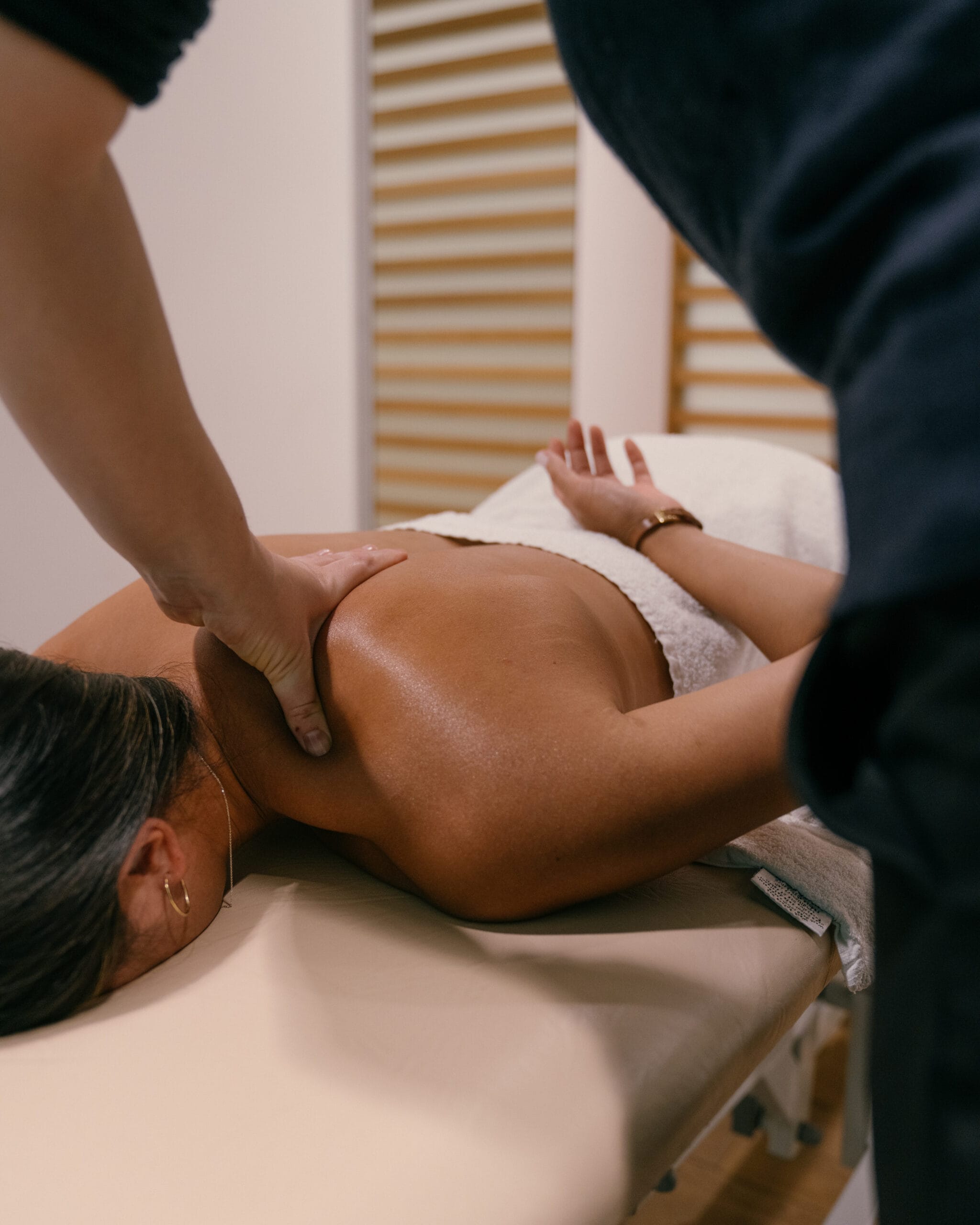
Treatments can include:
- Rehabilitation services
- Manual therapy
- Mobilisation & manipulation of joints
- Biomechanical assessments
- Taping
- Dry needling & acupuncture
- Exercise prescription
Your body is your most important investment, and it deserves more. Make sure you get the care and treatment your individual needs require.
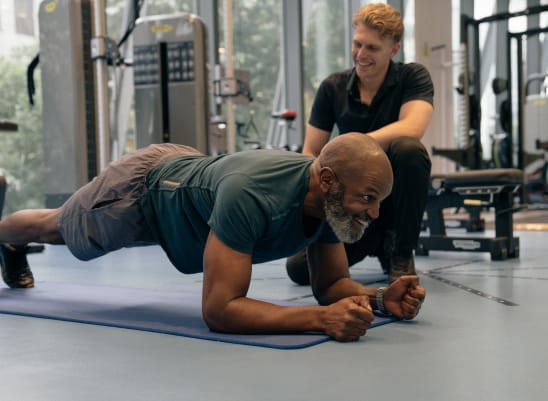
-
Work with a dedicated team of specialists, tailored to meet your specific needs and goals.
-
We combine over 1,000 years of expert experience in musculoskeletal healthcare and elite sport.
-
We are covered by all major insurers and also offer flexible self-pay options for added convenience.
The Pure Experience Overview

Your Journey with Pure
Everything we do is personalised to you. Whether your goal is to run a marathon or simply walk up the stairs comfortably, we’ll deliver the correct diagnosis and tailored treatment you need to get there so that you can perform at your best and prevent reoccurrence.
Frequently asked questions
Osteopathy is a holistic approach to healthcare that focuses on the relationship between the body’s muscles, bones, and joints. Osteopaths use hands-on techniques such as stretching, massage, and gentle manipulation to improve movement, reduce pain, and promote healing. The aim is to help the body function more efficiently and restore balance, treating not only the symptoms but also the underlying causes of musculoskeletal issues.
Osteopathy works by using hands-on techniques to assess, treat, and prevent musculoskeletal pain and dysfunction. Osteopaths focus on improving the body’s movement and function by gently manipulating muscles, joints, and tissues. The goal is to restore balance, improve circulation, reduce pain, and support the body’s natural healing processes. Osteopathy helps to enhance overall health and wellbeing.
You should consider seeking Osteopathy if you’re experiencing musculoskeletal pain, stiffness, or discomfort, such as back, neck, or joint pain. It can also help with recovery from injury, poor posture, or chronic conditions like arthritis. Osteopathy is beneficial if you’re looking to improve mobility, reduce pain, or address the underlying causes of your symptoms in a holistic way.
An initial consultation takes an hour and follow-up appointments are typically 30 minutes. Extended follow-up consultations also available if necessary. We also offer a free 15-min consultation to allow to understand if a full appointment is required before claiming on your insurance or self-paying.
Physiotherapists and Osteopaths both treat musculoskeletal issues but use different approaches. Physiotherapists focus on improving movement, strength, and function through exercises, manual therapy, and patient education, often addressing injuries, pain, and rehabilitation. Osteopaths take a holistic approach, using hands-on techniques like stretching and massage to improve the body’s overall function and address both symptoms and underlying causes of pain. Both aim to relieve pain and improve mobility, but Physiotherapists focus more on rehabilitation, while Osteopaths consider the whole body’s balance.
Both osteopathy and chiropractic care focus on musculoskeletal issues but use different approaches. Osteopathy takes a holistic approach, using hands-on techniques like stretching, massage, and gentle manipulation to improve movement, reduce pain, and promote overall body function. Chiropractors, on the other hand, primarily focus on diagnosing and treating spinal misalignments through spinal manipulation (adjustments) to improve nervous system function and alleviate pain. While both aim to reduce pain and improve mobility, osteopathy considers the whole body, while chiropractic care is more focused on spinal health.
Yes, you can refer yourself to an Osteopath. It is always wise to have an initial appointment to understand what might be the cause of your pain or discomfort, what you might be dealing with, and how to treat it. If further investigation is required, we will refer you to one of our Consultant Specialists who will perform a range of range of diagnostic methods including ultrasound. We also refer out for MRI scans and further tests should they be required.
Yes, seeing an Osteopath can be helpful when you’re in pain. Osteopaths use hands-on techniques to assess, treat, and relieve musculoskeletal pain, such as back, neck, or joint pain. They focus on improving movement, reducing discomfort, and addressing the root causes of pain. If you’re looking for a holistic approach to pain relief and recovery, an Osteopath can provide personalised treatment to help restore balance and promote healing.







